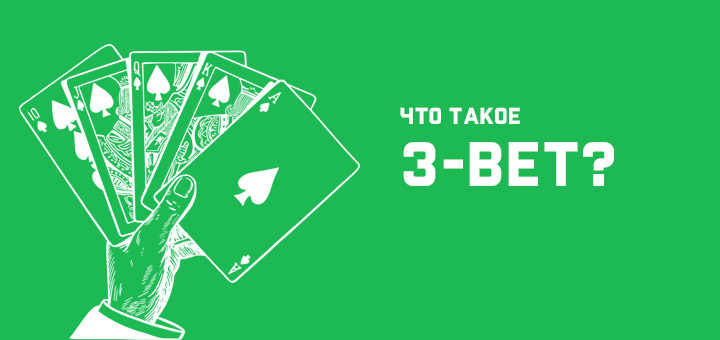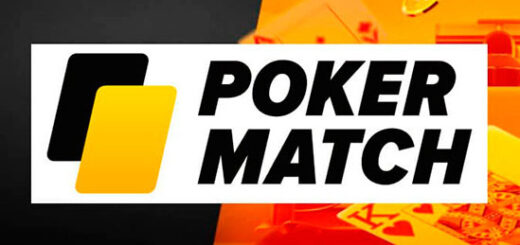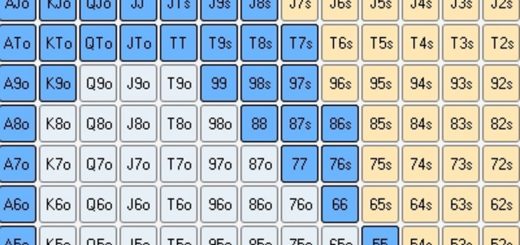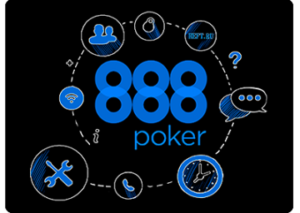What you need to know about 3-bet

The concept of 3-bet is quite often found in materials on the study of poker strategies. And in order to interpret the theory correctly, it is necessary to understand exactly what this or that concept means, given that the authors themselves do not always offer clear definitions. So what is a 3-bet?
Understanding the terminology
3-bet is understood as a player's raise in response to an opponent's raise - either preflop or postflop. It is important to understand that we are talking about the 3rd increase in the account - hence the number 3 in the name of the rate. The concepts, for example, 4-bet and 5-bet, are interpreted in the same way. By the way, the first raise is called a bet, and the second is just a raise.
It is because of the three in the name of the term that it is usually misunderstood by inexperienced poker players. They take 3 for the size of the bet, that is, that the opponent has posted three big blinds. Of course, this is a mistake, because even knowing the size of the blinds, the size of the raise in No Limit Hold'em cannot be calculated. Well, in poker, where the limit is fixed, such a calculation is possible and very simple: the first poker player bets, the next player raises by bet, and the third, after them, raises by one more bet.
Now we should consider the 3-bet bet from the point of view of the player's position at the table:
- Late... The button starts, your opponent raises from early position, and you raise.
- Early... You compare the big blind, your opponent raises, the move comes back to you, and you bet even more;
- Blind... After you post the blind, another player enters the bidding. He raises, after that the move goes to you, and you raise your opponent's bet.
When do they 3-bet
In poker, this decision is considered very aggressive in the bidding, because the player raises to a competitor's Raise, which shows that he has a strong hand. To summarize, 3-bets are used to either increase Winrate or bluff to take winnings.
When a player calls an opponent's bet, the pot does not increase, and the opponent cannot give it up right away by folding his cards. Having raised the opponent's bet, the player can move to the next street with a higher pot or take the winnings immediately. In case the opponent calls the bet, it is worth preparing for "tough" trading on further streets, but the pot will be worth it.
Raise from the position of a nominal dealer
It is most beneficial to raise other players' raises from the button. They do this in pursuit of the following goals:
- Bluff... The challenge here is to take the pot either right away or postflop. However, we advise you to take into account your opponent's statistical indicators before bluffing: the higher these indicators, the greater the benefit in your decision to bluff.
- Increasing value... With promising cards, you should raise your bet so that poker players with a wider range of cards will equalize. This leads to the fact that opponents suffer losses at a distance, and you remain in profit.
Recall that you should not use the same maneuver all the time, because sooner or later rivals will figure out your idea.
A few words about the bet-raise
This tactic is often used postflop. The point is to force your opponent to raise the rate, and then do the same yourself. Reception is relevant in two cases:
- Bluff... Quite a sophisticated maneuver, it works either against poker analysts or opponents with weak or medium hands postflop, which are often bluffed to take the pot. The main goal: to make your opponent think that you are playing the nuts. If you've played it before, bluffing can be even more effective.
- Invincible combination... If your opponent is aggressive and raises frequently, a small bet against him will be effective. You can also Bet-Raise with the image of an aggressive poker player if your opponent thinks you are bluffing.
On River, this 3-bet is often used in place of Check-Raise by players with an invincible hand.



